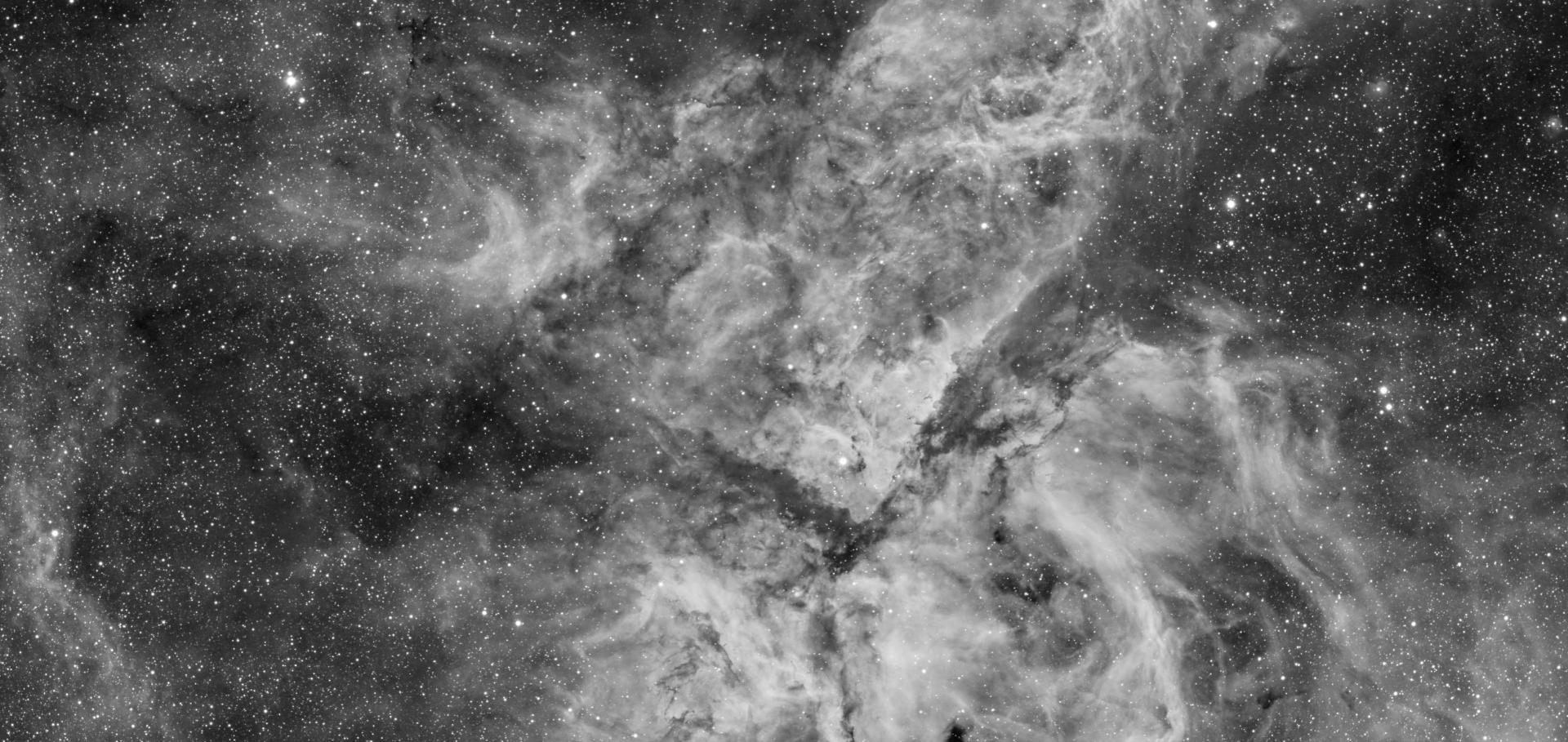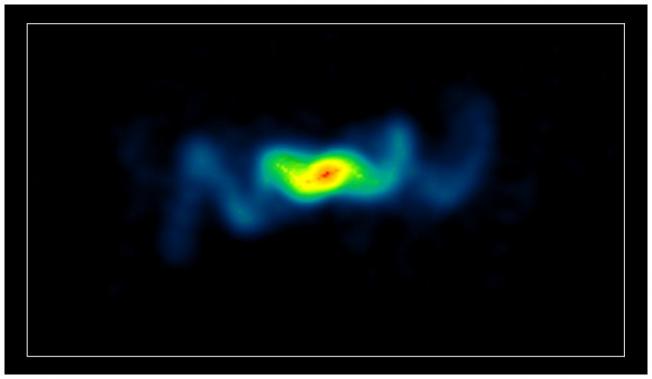Synchrotron and SSC emission models for the hot-spots of powerful radio galaxies
ASTR SOC P 250 (2002) 238-242
Abstract:
We present some preliminary results from synchrotron and synchrotron-self-Compton (SSC) emission models for the hot-spots of powerful radio galaxies. In addition to well known radiative models already reported in the literature, we include the computation of the spectrum of the emitting electrons as a function of the distance from the hot-spot centre. The radial evolution of the spectrum takes into account possible particle reacceleration, synchrotron, SSC and adiabatic losses. We concentrate on the case of the northern hot-spot of the radio galaxy 3C 295 where radio, optical and X-ray data are available.TeV blazar observations with Whipple and VERITAS
ASTR SOC P 250 (2002) 109-112
Abstract:
The Whipple 10 m Imaging Atmospheric Cherenkov Telescope has laid the foundations for ground-based gamma-ray astronomy, notably by extending measurements of blazar spectra and flux variability to TeV energies and revealing a correlation between TeV gamma-ray and X-ray flares. The Very Energetic Radiation Imaging Telescope Array System, VERITAS, is a next generation Cherenkov observatory proposed to extend these measurements over the 50 GeV to 50 TeV range. The purpose of this paper is to highlight some recent results from the Whipple Observatory.Testing self-similar models of powerful radio sources
ASTR SOC P 250 (2002) 319-323
Abstract:
We have carried out 2-D axisymmetric numerical simulations of light, supersonic jets. These simulations are used to test the hypothesis of self-similarity for the propagation of jets in powerful radio galaxies. A large range of jet parameters has been explored and we find that the jet flow is not always self-similar. Instead, it undergoes up to three phases which, individually, can be considered to be scale-free although, the jet does not exhibit self-similar behaviour during the transition. The number of phases that a jet goes through and their duration seem to depend upon the initial Mach number.The cluster environment of Abell 3667
ASTR SOC P 250 (2002) 432-436
Abstract:
Abell 3667 is a rich X-ray luminous southern cluster of galaxies at a redshift of 0.055. The properties of this cluster suggest that it is probably in a post-merger state. Recent radio observations taken with the Australia Telescope Compact Array (ATCA) have allowed a detailed investigation of the environment in this cluster. We present here a synopsis of these observations.The early days of a radio source
ASTR SOC P 250 (2002) 404-407



